Russian Style Architecture
The Essence of Russian Style Architecture
When you think of Russia, what comes to mind? Perhaps it’s the iconic onion domes of Orthodox churches, the grandeur of imperial palaces, or the stark beauty of Soviet-era buildings. Russian architecture is a fascinating blend of tradition, innovation, and resilience, shaped by the country’s rich history and diverse cultural influences.
Russian architecture is a melting pot of styles, but some common threads run through its diverse tapestry:
Onion Domes: These distinctive, bulbous domes are a hallmark of Russian Orthodox churches. They’re not just pretty to look at; they also have a deeper spiritual significance. (We’ll get to that in a bit!)
Wooden Houses: Russia’s vast forests have long provided the material for traditional wooden houses, known as “izbas.” These cozy dwellings are a testament to the country’s resourcefulness and connection to nature.
Baroque Influences: During the 18th century, Russian architecture embraced the opulence of the Baroque style, resulting in stunning palaces and churches adorned with intricate details and lavish decorations.
Soviet Era Brutalism: The Soviet Union’s architectural legacy is characterized by the bold, functional style known as Brutalism. Think of those imposing concrete apartment blocks that still dot the Russian landscape today.
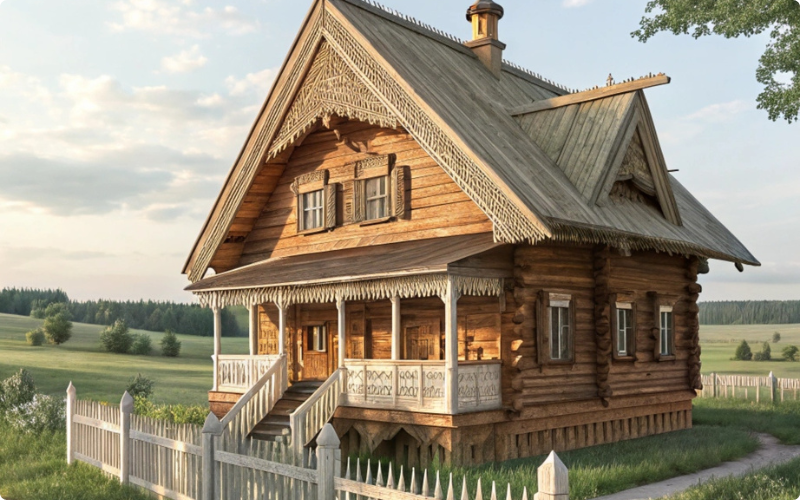
Famous Examples of Russian Architecture
Russia is home to some of the world’s most breathtaking architectural marvels. Here are a few that you simply can’t miss:
St. Basil’s Cathedral: This iconic Moscow landmark is a masterpiece of Russian architecture, with its colorful onion domes and intricate patterns. It’s like a fairytale come to life!
The Winter Palace: Located in St. Petersburg, this grand palace was once the residence of Russian tsars. Its Baroque facade and opulent interiors are a testament to the extravagance of Imperial Russia.
The Kremlin: Moscow’s historic fortress is a treasure trove of Russian architecture, featuring everything from medieval towers to stunning cathedrals.
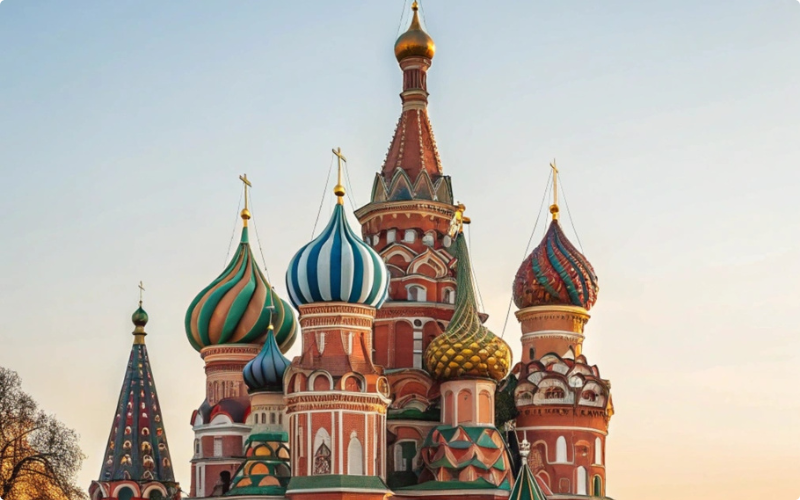
The Significance of Onion Domes.
The onion shape is believed to symbolize the flames of candles, representing the prayers of the faithful rising to heaven. The domes are often painted in vibrant colors, with gold symbolizing the divine and blue representing the heavens.
So, the next time you see an onion dome, remember that it’s more than just a architectural feature – it’s a powerful symbol of faith and devotion.
Soviet Apartments: Brutalist or Not?
While Soviet apartments do share some characteristics with Brutalism, such as their emphasis on function over form and the use of raw concrete, they don’t always fit the strict definition of the style.
Soviet architecture was more about mass production and providing housing for the masses than making a bold architectural statement. So, while they may look Brutalist, they’re often more accurately described as “Soviet Modernism.”
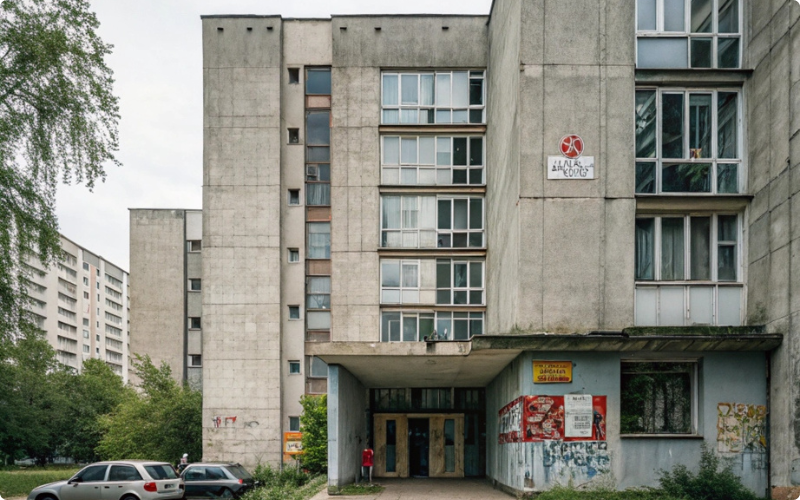
Modern Russian Architecture: A Blend of Old and New
Russia’s architectural landscape is constantly evolving, with modern buildings that pay homage to the country’s rich history while embracing contemporary trends.
From sleek glass skyscrapers to innovative cultural centers, modern Russian architecture is a fascinating blend of the old and the new. Architects are finding creative ways to incorporate traditional elements, like onion domes and ornate facades, into their designs.
One standout example is the Gazprom Tower in St. Petersburg, which combines a sleek, modern design with a nod to the city’s imperial past.
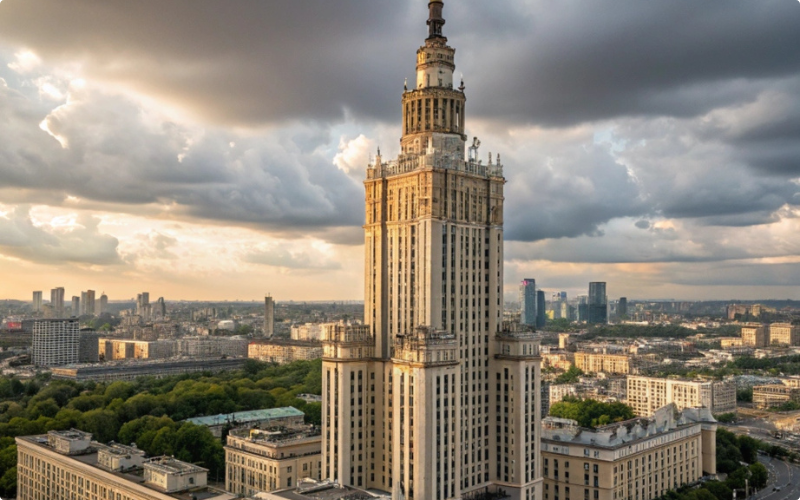
Stalinka: A Symbol of Soviet Prestige
If you’ve ever walked the streets of Moscow or St. Petersburg, you’ve probably noticed those grand, neoclassical apartment buildings known as “Stalinkas.”
Built during the Stalin era, these buildings were designed to showcase the power and prestige of the Soviet Union. They’re characterized by their ornate facades, spacious apartments, and high ceilings – a far cry from the utilitarian Soviet apartments of later years.
Stalinkas are a fascinating example of how architecture can be used as a tool of propaganda, reflecting the aspirations and ideals of a nation.
Imperial Russia: A Legacy of Grandeur
The term “Imperial Russia” refers to the period from 1721 to 1917, when the country was ruled by a succession of tsars and empresses.
This era left an indelible mark on Russian architecture, with grand palaces, opulent churches, and elegant public buildings that still stand today. The Winter Palace in St. Petersburg is a prime example of the grandeur of Imperial Russia.
But Imperial Russia wasn’t just about extravagance; it was also a time of great artistic and architectural innovation, with styles like Baroque, Neoclassicism, and Art Nouveau leaving their mark on the country’s built environment.
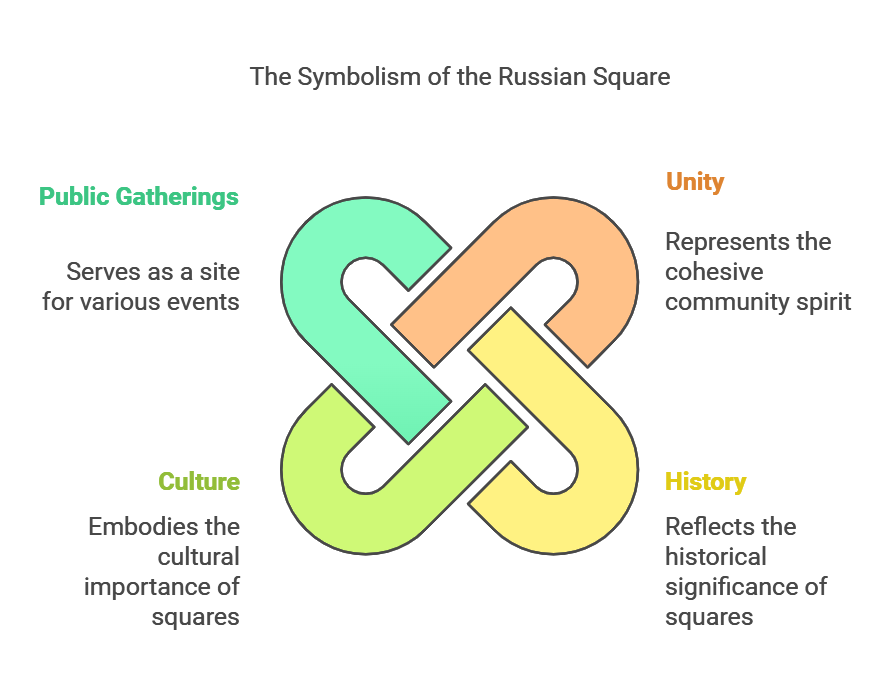
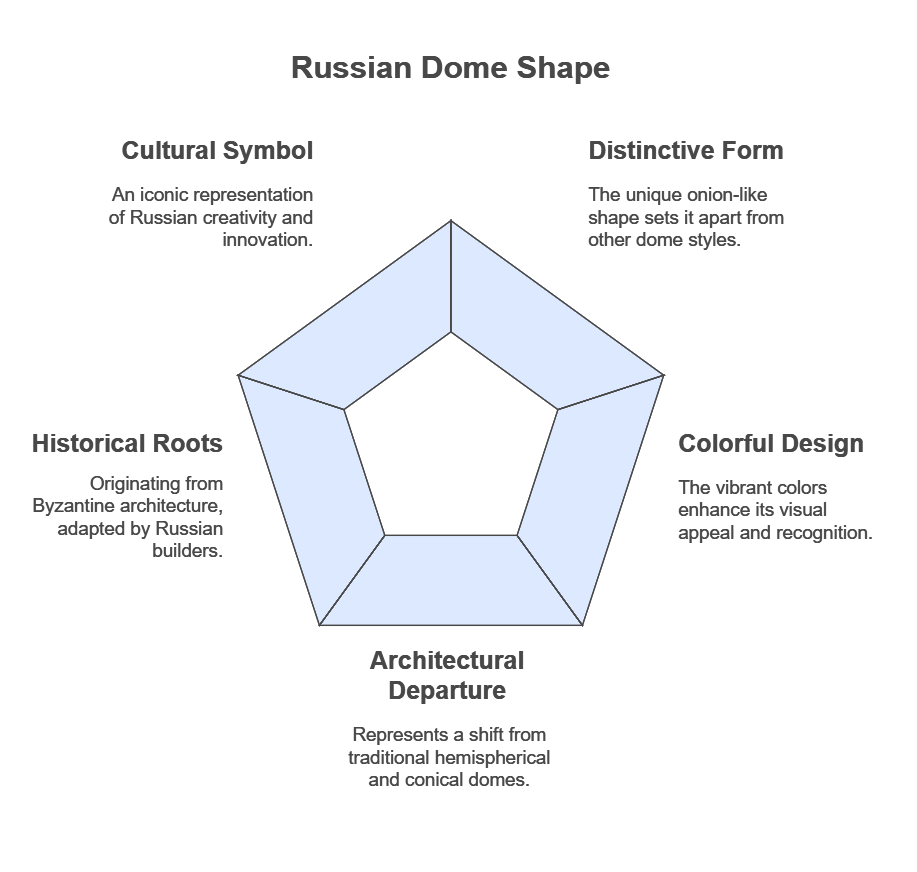
What Makes Russian Culture Unique?
Russian culture is a rich tapestry of traditions, customs, and artistic expressions that have evolved over centuries.
From the haunting melodies of Russian folk music to the vibrant colors of traditional dress, Russian culture is a celebration of life and the human spirit.
But what really sets Russian culture apart is its resilience and adaptability. Through wars, revolutions, and social upheaval, the Russian people have held fast to their traditions and values, creating a unique cultural identity that is both timeless and ever-evolving.
Conclusion
Russian style architecture is a fascinating journey through the country’s rich history, diverse cultural influences, and enduring spirit.
From the iconic onion domes of Orthodox churches to the stark beauty of Soviet-era buildings, Russian architecture is a testament to the country’s creativity, resilience, and unique cultural identity.
So, the next time you find yourself in Russia, take a moment to appreciate the architectural wonders that surround you. They’re more than just buildings – they’re a window into the soul of a nation.
What’s your favorite aspect of Russian architecture? Let me know in the comments below!
